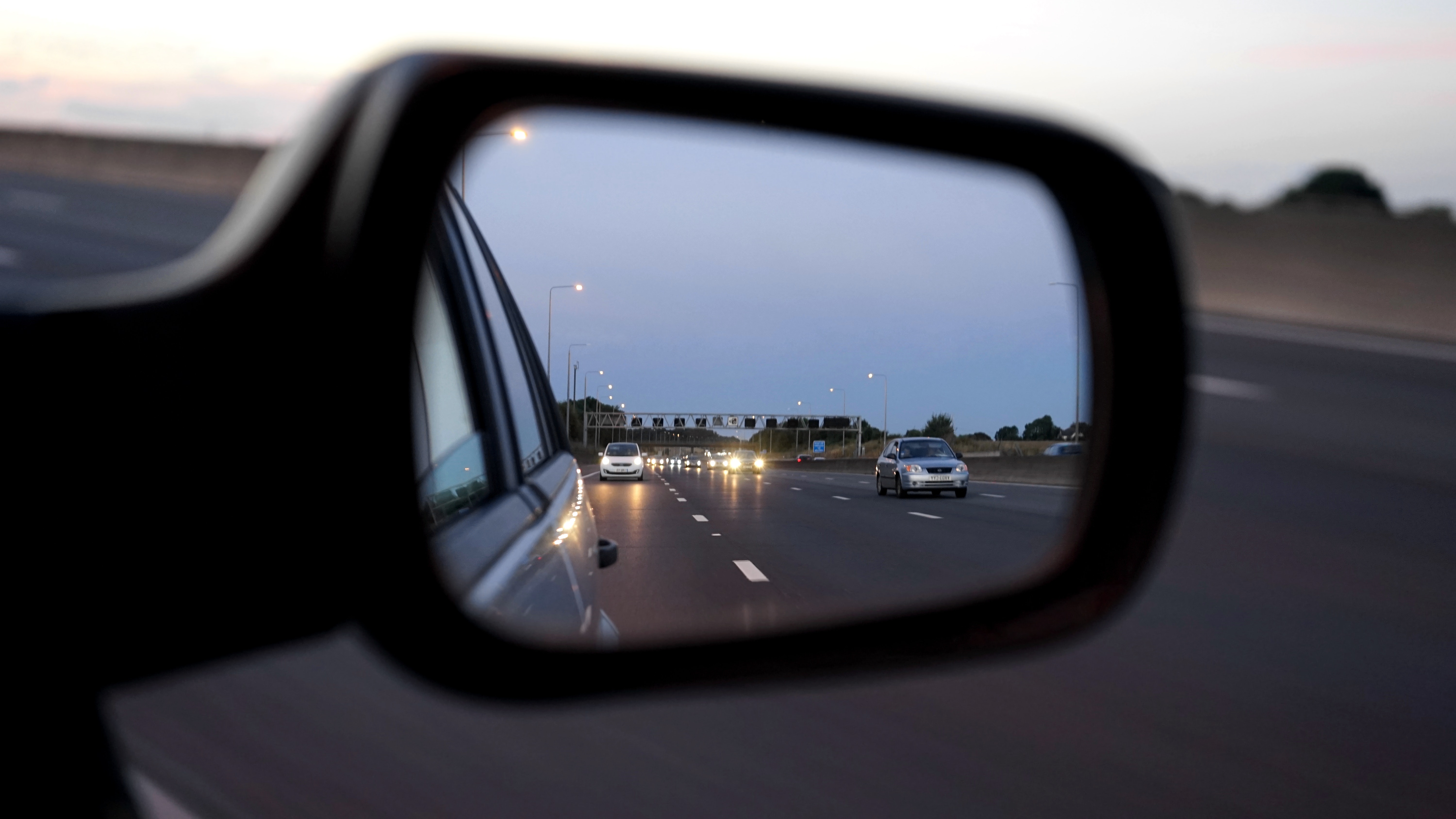Autonomous cars might promise to change the face of road-based safety but, right now, they’re under a fair amount of scrutiny.
With manufacturers like Volvo claiming they’ll release an injury-free car by 2020, it should come as no surprise that every autonomous car accident sparks a safety debate.
This seems fair enough, considering that autonomous vehicles have so far been responsible for 9.1 crashes per million miles compared with just 4.1 accidents per million miles for conventional cars. With these stats in mind, it seems as though an automated future is anything but injury-free.
Of course, manufacturers are working to address issues such as sudden acceleration and judgement lapses, but the sheer fact of autonomous accidents sparks an altogether different debate. If, as it seems is the case, injury-free cars are a myth, then who is actually responsible in the case of autonomous accidents?
Until we’re able to answer this question, it seems we can never make this shift with any peace of mind. But, as you’ll see if you keep reading, this debate soon spirals into something of a chicken and egg scenario.
DOES THE DRIVER OR MANUFACTURER CAUSE THE CRASH?
When there’s an accident, someone has to be liable. Blame like this determines insurance payouts. It also ensures wronged parties are able to contact a car accident attorney and seek compensation. The moment you bring autonomy into the mix, though, things get complicated. That’s because liability here isn’t an open and close case. Instead, it seems manufacturers are currently operating on the basis that ‘it depends’ on systems in use at the time.

If full autonomy is in place, then it’s reasonable to assume a manufacturer’s at fault. Yet, looking into the issue, it’s plain to see even that may not be the case. Manufacturers seem to be going with a ‘guns don’t kill people, people kill people’ mentality. Many even argue that a driver has control over the settings and, therefore, the actions of their vehicle. Even in cases where liability is proven, then, extensive reconstructions must be carried out. It seems we can also expect something of a back and forth before someone finally takes the buck. This could stand to lengthen case times and cause further distress to injured parties.
SO, WHAT CAN WE DO ABOUT IT?
It’s clear that action needs to be taken, but what? For one, installation of accident reporting systems or “black boxes” seems it should be standard in autonomous releases moving forward. These take the guesswork out of such cases and make it clear whether driver or vehicle is at fault.
The law, too, may need assessing before cases like these can be satisfactorily concluded. It’s plain to see, after all, that traditional accident processes aren’t adequate. Instead, the law should adjust to the risk of accidents like these, and develop consequences and plans of actions better fitted to the dangers. Only then can drivers hope to feel safe on the road, whether they’re in an autonomous vehicle or not.
